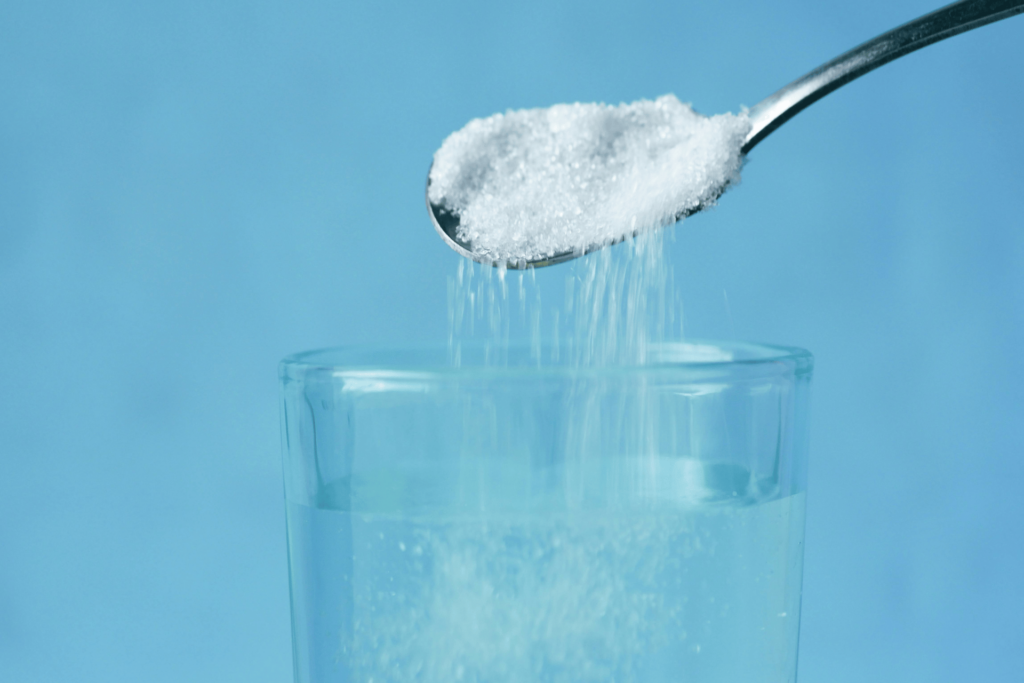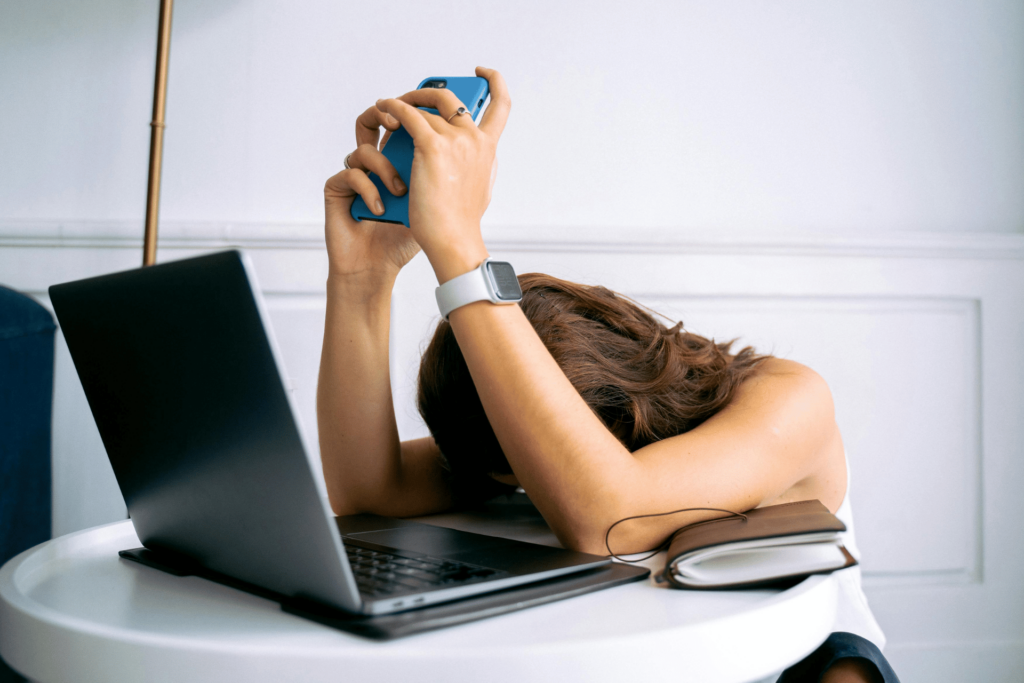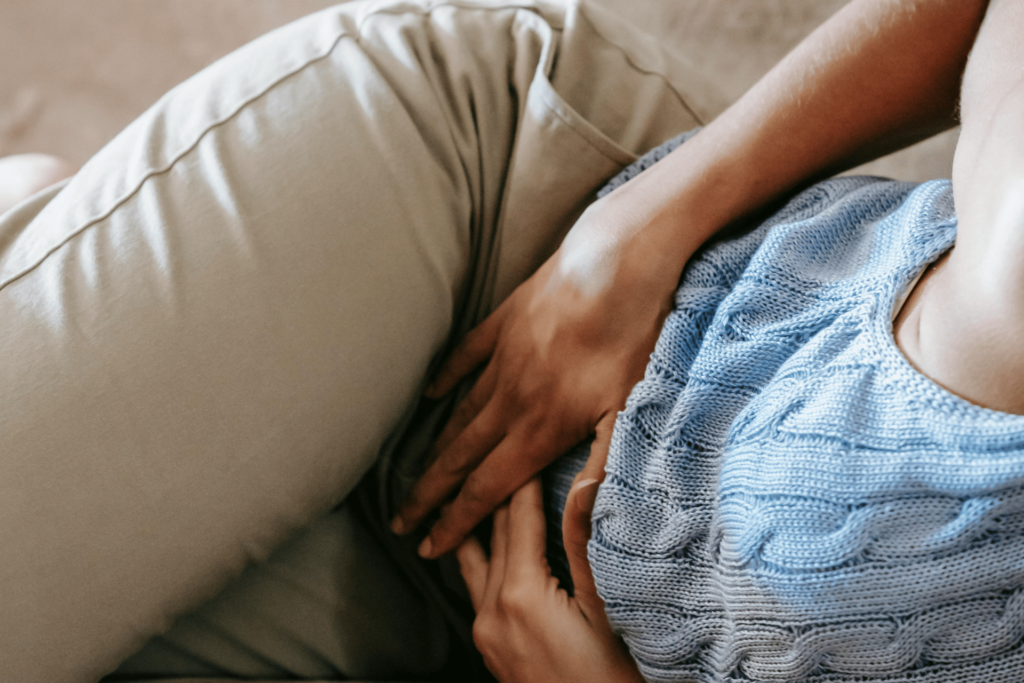 What are the safest screenings?
What are the safest screenings?
The average American’s total radiation exposure—just from medical testing alone—has nearly doubled in the last 30 years. More than 250 patients getting CT scans at Cedars-Sinai Medical Center in Los Angeles recently received far more radiation than intended, burning their skin and causing them to lose hair.
These scans are increasingly popular because their three-dimensional images provide an almost surgical view of the body. But one CT chest scan has almost as much radiation as 400 chest X-rays.
Even scarier, recent research in the Archives of Internal Medicine shows that the doses of radiation from CT scans can vary as much as 13-fold! “CT has become so quick that we are using it commonly,” says Rebecca Smith-Bindman, MD, “and we have lowered our threshold for using it.”
While she believes CT scans are a “fabulous diagnostic tool,” she also admits “we risk creating a public health time bomb” with their overuse. Medical imaging and scans now account for more than half of our total radiation exposure, says the FDA. They used to be just one-sixth.
Dr. Ann Louise’s Take:
Medical use of CT scans may be lifesaving, I agree. But too much radiation is obviously not a good thing. No wonder the FDA has launched investigations into scanning procedures at several hospitals.
Because patients differ in size, it’s essential to adjust radiation doses accordingly. That may help explain why women have a greater likelihood than men of developing cancer from these scans.
The risks are also higher for younger people (especially growing children). A 3-year-old girl who has an abdominal scan has a 1 in 500 chance of developing cancer, for example, compared with a 70-year-old woman, whose risk drops to 1 in 3,333.
Avoid full-body scans if possible. Since certain parts of the body—like the thyroid and reproductive organs—are more vulnerable to radiation than your hand, make sure these areas are protected from radiation.
The Centers for Disease Control, National Institute of Environmental Health Science, and the World Health Organization classify X-rays, which comprise roughly 35% of medical radiation, as carcinogens. Even this fairly mild form of radiation has been linked to leukemia and cancers of the breast, lung, and thyroid.
Nuclear imaging that uses contrast dyes (like barium or radioactive iodine) will only increase your radiation exposure—and risk, particularly for anyone with a history of asthma, diabetes, heart or kidney disease, or thyroid problems.
MRIs may interfere with pacemaker pulses. Fluoroscopy uses a continuous X-ray beam to view body parts in real time. But high-speed X-ray film and digital imaging devices use less radiation.
Take an Active Role
With increased exposure, it’s important to keep careful records of any and all radiation that you and your family receive, whether for testing purposes—everything from bone scans for osteopenia and mammograms to dental X-rays—or therapeutic use.
Always ask your doctor if a scan is really necessary—and if another diagnostic test would be useful. Be especially wary when a medical practice has a lot of its own equipment, rather than scheduling an appointment with an independent technician accredited by the American College of Radiology. Don’t hesitate to get a second opinion if you feel radiation is being pushed on you.
If you’ve had significant medical imaging, it’s important to share that information with your dentist and doctor. See if you can forego routine use of radiation, especially full-mouth X-rays for children. Don’t overdo ultrasound, either.
Important Preventive Tests
Blood testing can be a useful diagnostic tool—not only to establish a baseline for blood lipids but also to check for possible nutritional deficits, like low levels of vitamin D. Integrative physicians and naturopathic doctors recommend preventive blood work like C-reactive protein (an important marker for inflammation), homocysteine (linked to cardiovascular disease), or lipoprotein A (that statin drugs don’t treat) for anyone with a family history or early signs of heart disease. Blood work can also lead to earlier detection and treatment of rheumatoid arthritis.
I’ve found tissue mineral analysis (TMA) a more reliable guide to thyroid status, though, than conventional blood tests. When you send in a hair sample for analysis you can obtain levels of stored copper, zinc, calcium, and other minerals. Think of TMA as a metabolic blueprint that helps determine what supplements you need for optimal wellness.
The Bottom Line
Some X-rays and scans may be necessary. After exposure, dissolve 1 pound of noniodized salt and 1 pound of baking soda in a tub of water as hot as you can bear. (Pregnant women and anyone with a chronic illness should consult a health care professional first.) Stay in this hot bath until the water cools, and allow at least 4 hours to pass before showering. This bath can alkalinize the system, which becomes overly acidic after X-rays.
Sources:
Fat Flush for Life
https://archinte.amaassn.org/cgi/content/abstract/169/22/2078www.mayoclinic.com/health/ct-scans/AN01777
www.msnbc.msn.com/id/35312478/ns/health-cancer/









4 Responses
My daughter is interested in training as an x-ray tech or an ultra-sound tech. Does just performing this tests increase her chances of cancer?
Had a barium swallow & x-ray done recently to determine hiatal hernia. That evening I took the salt/baking soda bath. Should I repeat this several times? How can the barium be eliminated from the body … I’ve been eating apples thinking the pectin might absorb and remove. Also take daily chia seeds with cranberry water and hope they also help eliminate. Thanks for the info … comment re bath alklinizing body after acidity resulting from x ray, clarified the value of this bath. Thanks again.
Lori: Your question is a good one and I don’t know an answer, to tell you thr truth. As long as she is behind a lead wall or wears a lead apron, she should be AOK.
Maria: I would consider the Weight Loss Formula or LIver Lovin Formula to help your system get rid of excess toxins in your body from the barium enema. Your high fiber intake is also good.